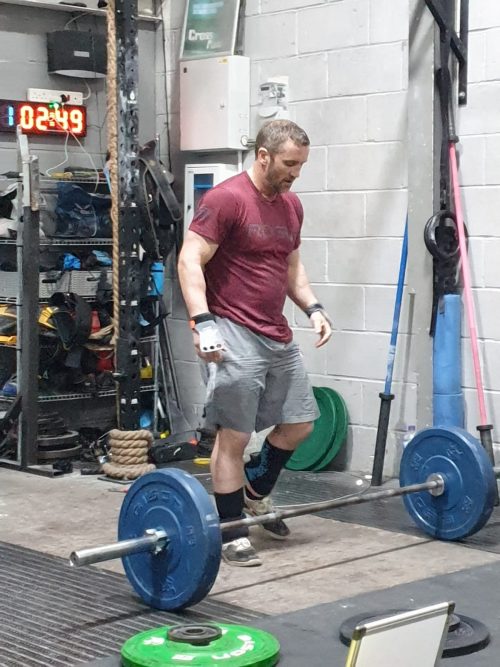A fitness training programme on a piece of paper or spreadsheet is simply words. Albeit words of guidance. What the client or athlete does to implement it is what brings the same programme alive. It is this that determines it’s effectiveness. Coaches, athletes and individuals implement their programmes on a daily basis, often with some variation from the original plan. If training plan deviations occur on a regular basis then the coach and athlete need to talk more. If a programme is varied infrequently and inconsistently then it may simply be smart training. In order to train smart we need to make decisions on a daily basis when it comes to doing what the programme says. Here we talk about making effective choices.
Listen to the body or ‘suck it up’
How many ‘one-liners’ do we see on social media about powering through. “Feeling tired? Just suck it up and get it done”. There’s nothing wrong with this per se. Some days we do simply have top put on our ‘big girl or big boy pants’ and get our training done. However, human beings are not robots. And the psychology of motivation can’t always be nailed in a one liner on instagram. The human body and mind is a complex creature. Failing to acknowledge this can lead to injury and / or illness.
A carefully designed programme provides guidance on the training load. How many sets and reps need to be performed and at what intensities. Over time the training load will progress as the body adapts to the training stress. After all, the gains are why we are all doing it! However, the training plan is simply a well informed guide. Each day we will feel different levels of fatigue, energy and maybe even pain / discomfort. As a result decisions must be made on a daily basis when it comes to following the programme guidance.
If energy levels are low due to a lack of sleep then it may not be wise to perform extended high intensity efforts. A niggling joint or muscle from a previous training session could become increasingly irritated by further training. In both instances, a modification to the programme is justified and sensible. It only takes one poorly executed rep to cause injury. Similarly, it only takes one repetition too many to cause injury. Injury and illness can result in training lay offs. Modify your session and you are still providing the body with a training stimulus. Injure yourself and you could be detraining through forced rest!
The Role of the Strength and Conditioning Coach
Whether energy levels are low, a body part is grumbling or you’re just not feeling it, there’s always something that you can do. This is something that I do with PT clients all of the time. At the start of each session I will ask of energy levels, any niggles. If an athlete presents with any issues then we discuss modifying the session. Recently, I was working a young professional footballer who had recently returned to play after a hamstring injury. Having played the day before we were keen not to irritate the old injury. Football players need to be fit to play. An S&C coach must never compromise this for the sake of a training session.
Therefore, in this instant, we made the decision that he would train within the limits of discomfort and cease training if he experienced the onset of any moderate discomfort. He ended up getting 50 minutes of speed drills and plyometrics under his belt. This is better than no training stimulus and he was fit to train with the club that week.
Quick reference guidelines for modifying training sessions
Given that in most instances some form of training can be done, consider the following potential modifications to your sessions:
- Reduce the intensity. Can you still work through the required range of motion with a reduction in load? If so, only reduce the loading enough. An extreme example would be to perform a running session on a weightless treadmill or in the pool.
- Substitute the exercise. Sometimes a movement or body part can be trained with a change in exercise or modifying the range of motion. For example, many athletes substitute Sumo Deadlifts in place of Conventional Deadlifts.
- Switch training days on your programme. If an athlete is unable to perform a specific session then it may be wise to switch training days around. Whilst less than ideal, it does mean that come the end of the week, the athlete will have completed all of the required training.
NK Fitness provide leading strength and conditioning support to athletes at all levels of sport. We work with a variety of athletes in Central and South West London. If you would like to discuss how one of our expert fitness coaches could help raise your game and keep you playing then do not hesitate to get in touch with us here.
